Ukrainian presidential adviser Mykhailo Podolyak said preliminary operations have begun, paving the way for a counterattack against Russian forces.
"It's a complex process, not something that can be resolved in a day or two, or in a single hour," Podolyak said in an interview with The Guardian . The official said that, in fact, several operations are underway, such as destroying supply lines or blowing up warehouses behind the front lines.
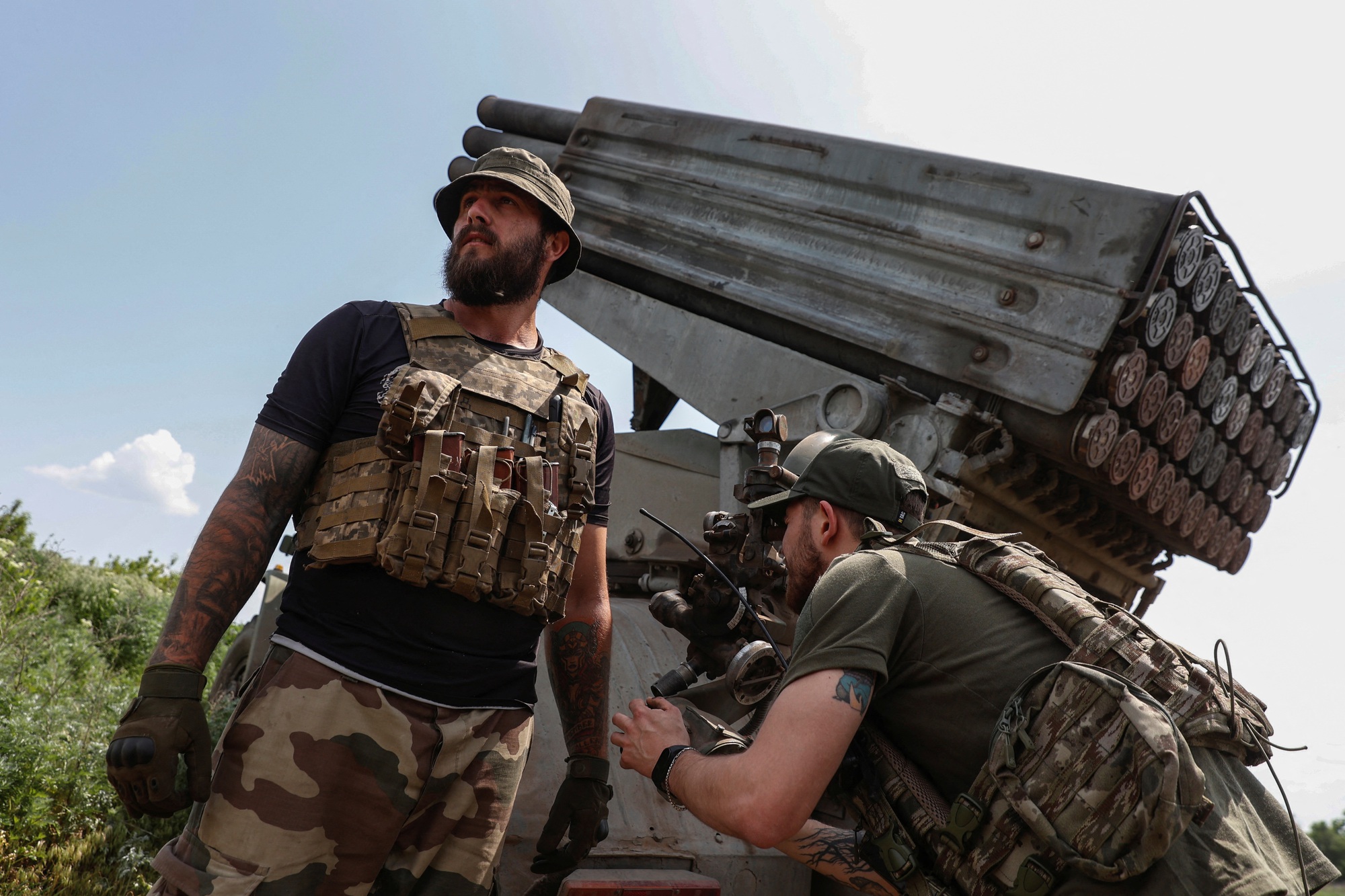
Ukrainian soldiers stand next to a BM-21 Grad rocket launcher near Bakhmut on May 19.
"The intensity is increasing, but it will take quite a long time," he added, predicting that as the counteroffensive builds, there will be more incursions by Russian rebel groups into Russian territory, similar to the recent raid in the Belgorod region.
On the same day, May 27, the Commander-in-Chief of the Ukrainian Armed Forces, Valeriy Zaluzhny, hinted at the imminent counteroffensive when he declared on social media: "It is time to reclaim what belongs to us."
Earlier, the Secretary of the National Security and Defense Council of Ukraine, Oleksiy Danilov, stated that the time, location, and method of the counterattack had been clearly defined, but noted that the final decision rested with President Volodymyr Zelensky. There were suggestions that the leader might not publicly announce the launch of the counterattack.
In an interview with the BBC on May 27, Danilov said the army was ready to launch a counteroffensive. "It could happen tomorrow, the day after tomorrow, or in a week," Danilov said, emphasizing that the counteroffensive was a historic opportunity that Ukraine could not afford to miss. "We understand that we have no room for error," the official asserted.
There had been predictions that Ukraine would launch a counterattack in late spring or winter. However, the country reportedly delayed the plan due to unsuitable weather conditions and the need for more weapons from the West.
According to The Washington Post , spring has finally arrived in southern Ukraine. And with temperatures reaching 78 degrees Fahrenheit (25.5 degrees Celsius) last weekend, expectations of a long-awaited Ukrainian counterattack against Russian forces are blossoming.
Russia says it intercepted Storm Shadow missiles and HIMARS rockets.
According to TASS on May 27, citing Russian Defense Ministry spokesman Igor Konashenkov, Russian air defenses intercepted two Storm Shadow missiles, 19 rockets of the High Mobility Artillery Rocket System (HIMARS), two HARM anti-radar missiles, and shot down 12 Ukrainian combat drones (UAVs) in the past 24 hours.
Furthermore, Konashenkov stated that the Russian army had inflicted casualties and losses of equipment on Ukraine in provinces such as Kharkiv, Luhansk, Donetsk, Zaporizhzhia, and Kherson.
Meanwhile, attacks on Russian territory continue, causing casualties. On May 27, Roman Starovoyt, governor of Russia's Kursk province bordering Ukraine, announced that a construction worker in the Sudzhansky district was killed by shelling. In the neighboring Belgorod province, one person was killed and three others injured by Ukrainian artillery fire.
In the Tver region, northwest of Moscow, two drones attacked a facility belonging to the Druzhba (Friendship) pipeline, one of the world's largest oil pipelines. Tver authorities said one drone crashed near the village of Erokhino, about 500 km from the border with Ukraine.
In the Nevelsky district of the Pskov region, bordering Belarus, two drones caused an explosion on the morning of May 27, damaging an administrative building managing an oil pipeline. No one was injured in the incident.
Kyiv has not commented on the above information.
Russia sets conditions for peace agreement.
Russian Deputy Foreign Minister Mikhail Galuzin said on May 27 that one of the conditions for the peace process is for Ukraine to abandon its membership in NATO and the European Union (EU), and to return to neutral, non-aligned status.
The diplomat noted that Russia maintains its approach to resolving the Ukraine conflict, which is "protecting the people of Donbass, demilitarizing and denuclearizing Ukraine, and eliminating threats to Russia's security originating from Ukrainian territory."
"We believe that a solution can only be achieved with a complete cessation of military action by the Ukrainian army and the West stopping its arms supply," Deputy Minister Galuzin said.
Galuzin urged Ukraine to recognize "new territorial realities," referring to the four regions in Ukraine that Russia claims to have annexed, as well as Crimea. Ukraine does not recognize the referendums that led to this annexation and considers these regions to remain Ukrainian territory.
On the other hand, Galuzin also added that protecting the rights of Russian-speaking people and ethnic minorities in Ukraine is an essential element of a peaceful solution.
This month, Ukrainian official Danilov said there would be no peace talks under Russian conditions.
Ukraine wants missiles with a range of 500 km.
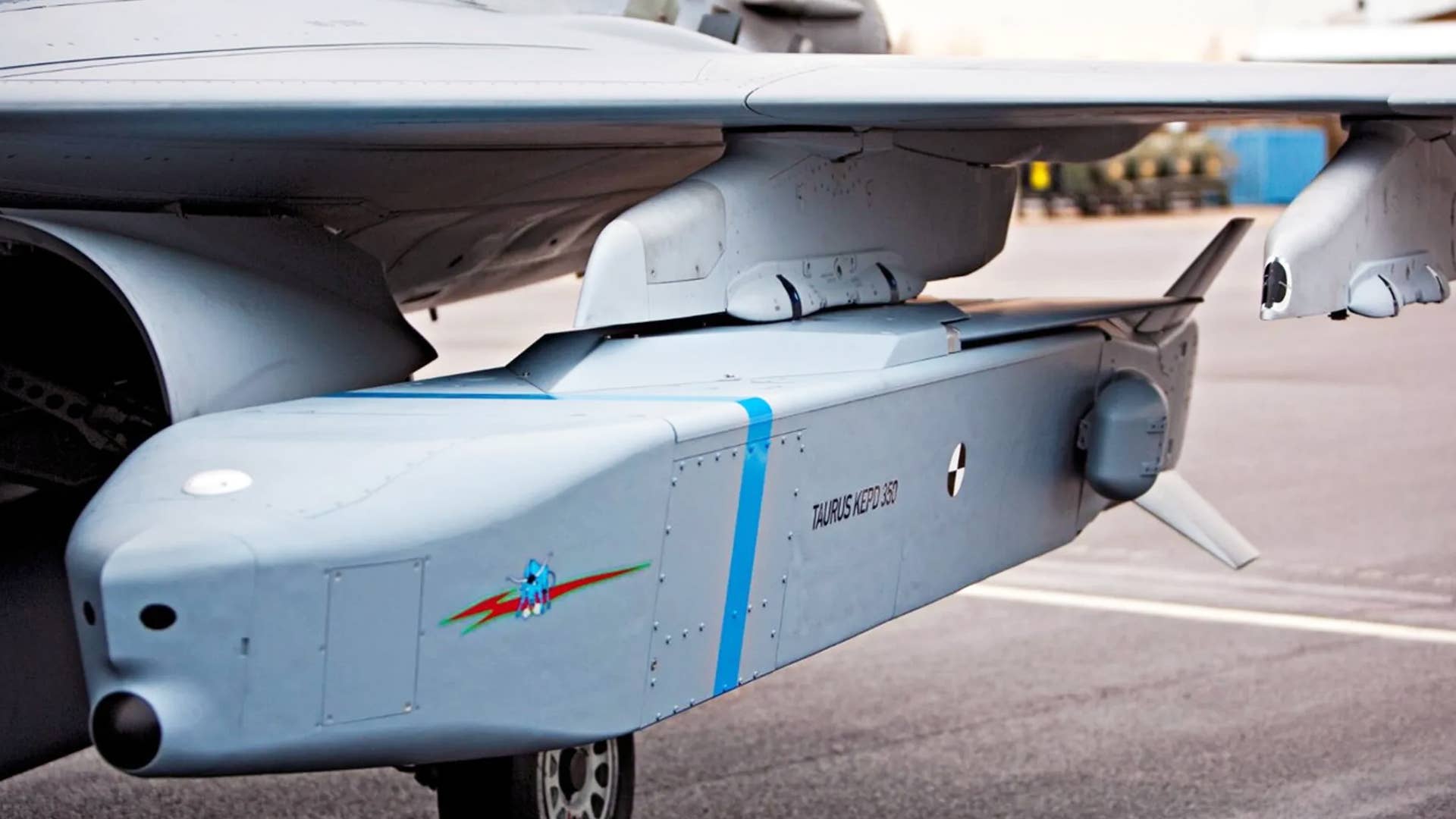
Taurus cruise missile
SCREENSHOT FROM THE DRIVE
Ukraine has requested that Germany supply Taurus cruise missiles, a weapon launched from aircraft with a range of approximately 500 km.
This information was provided by a spokesperson for the German Ministry of Defence on May 27. The spokesperson stated that Berlin received the request a few days prior but declined to comment on the possibility of supplying Ukraine.
The Taurus cruise missile is manufactured by the European missile producer MBDA and has similar capabilities to the British Storm Shadow. It can be used to attack high-value targets, troops, or fuel depots located deep behind enemy lines, and is also capable of destroying fortified targets such as underground bunkers.
Ukraine has requested the US to supply the Army Tactical Missile System (ATACMS) with a range of 297 km, but Washington has yet to agree. In early May, the UK became the first country to publicly announce the supply of long-range cruise missiles to Ukraine. The Storm Shadow missile has a range of over 250 km and has already been used in combat.
Similar to the US, Germany may be concerned that Ukraine will use long-range missiles to attack Russian territory, increasing the risk of escalating conflict. With a range of 500 km, the Taurus missile could reach Moscow.
Source link










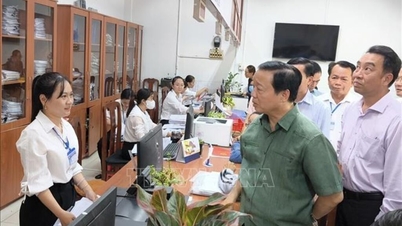
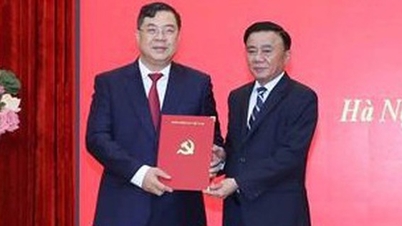

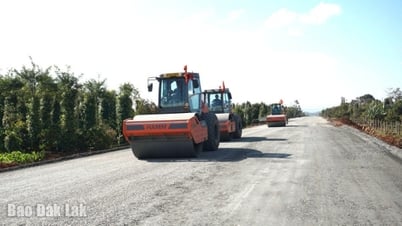















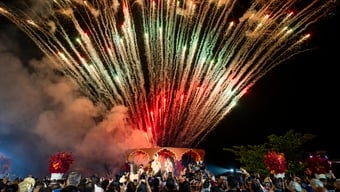


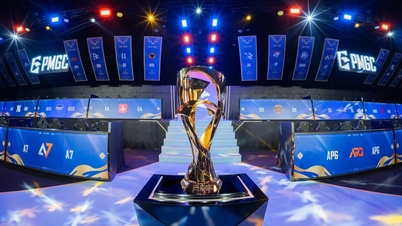

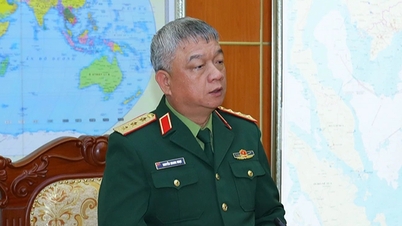
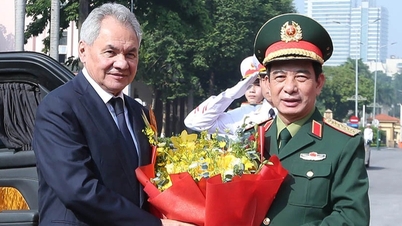






![[Video] The craft of making Dong Ho folk paintings has been inscribed by UNESCO on the List of Crafts in Need of Urgent Safeguarding.](https://vphoto.vietnam.vn/thumb/402x226/vietnam/resource/IMAGE/2025/12/10/1765350246533_tranh-dong-ho-734-jpg.webp)















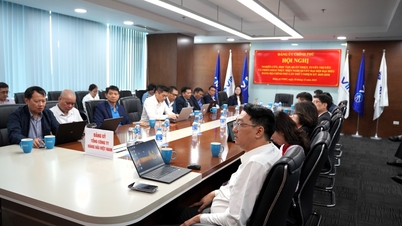





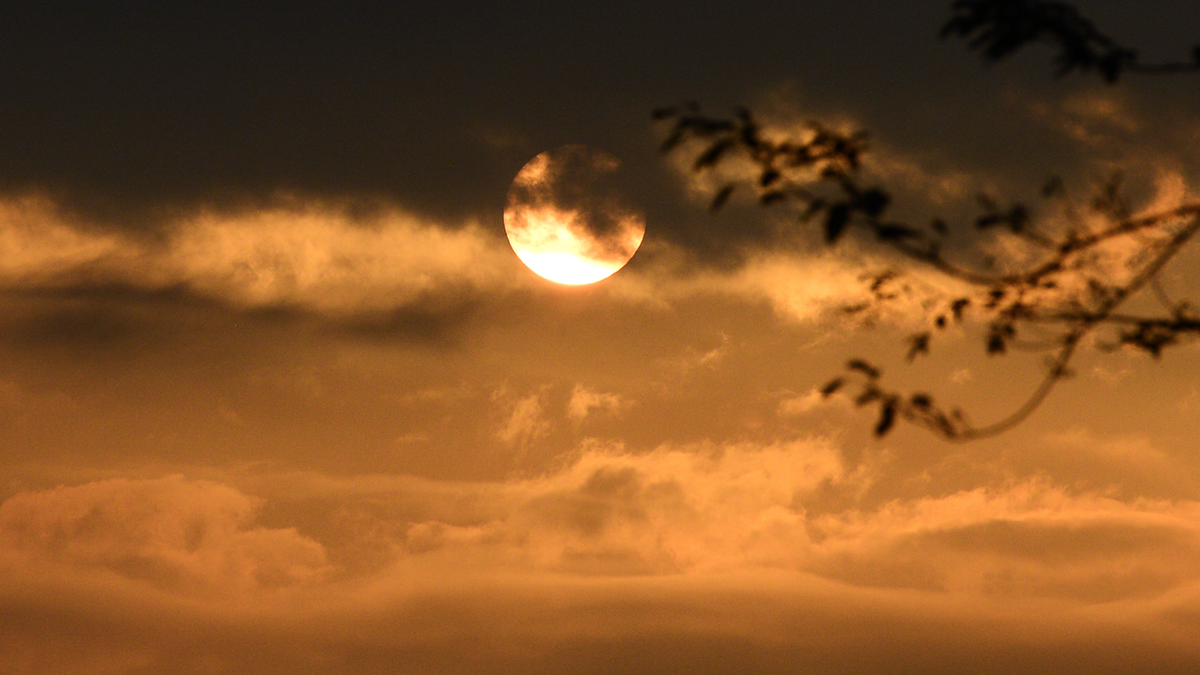

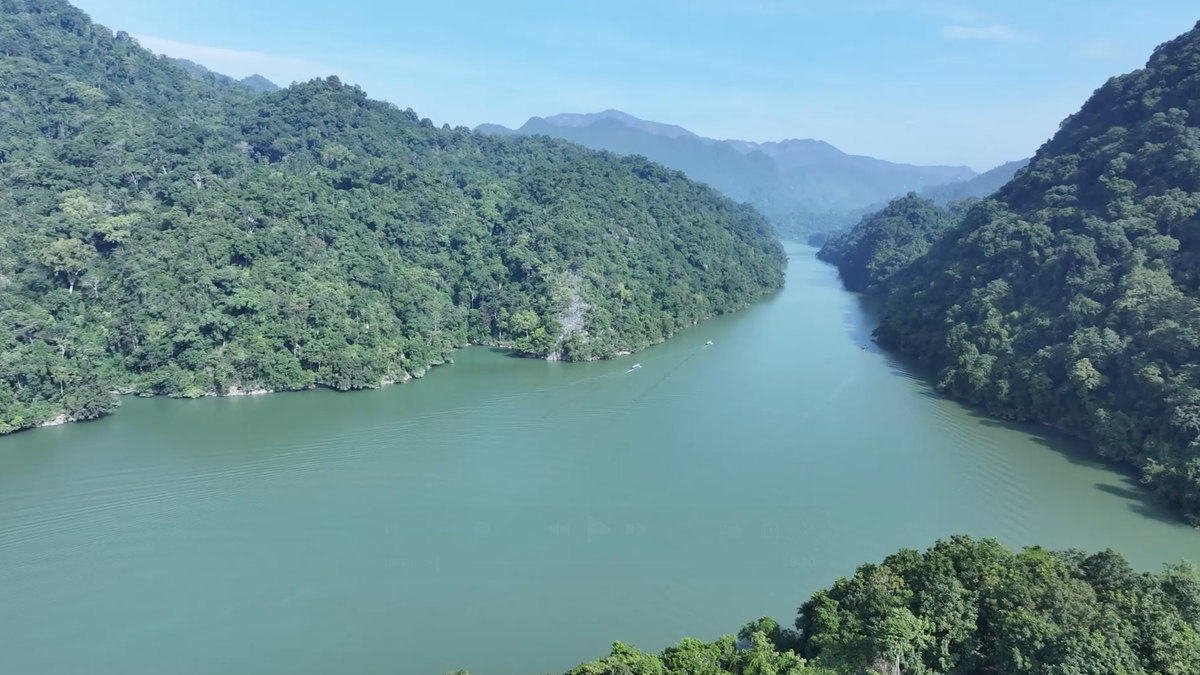
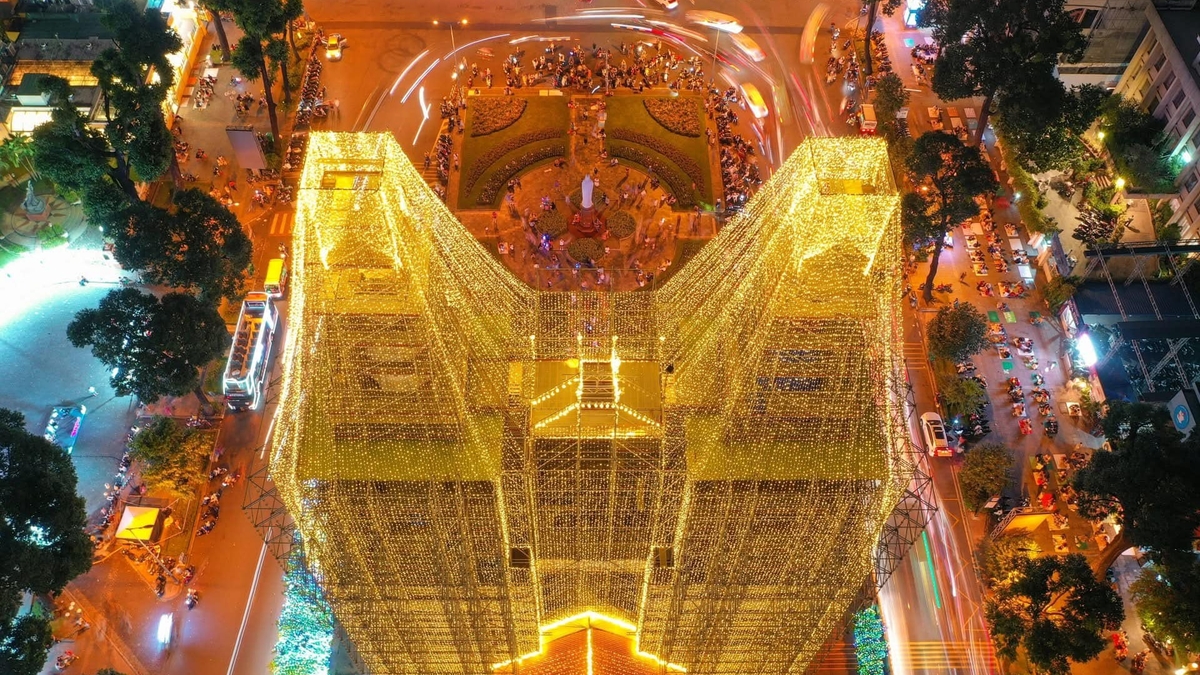







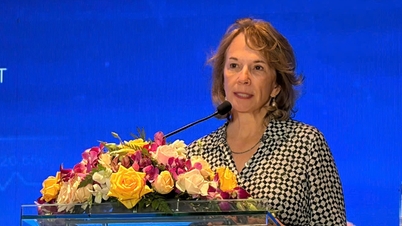





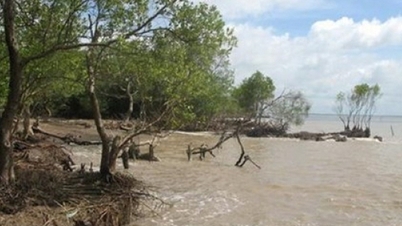

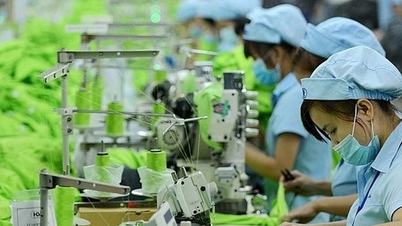
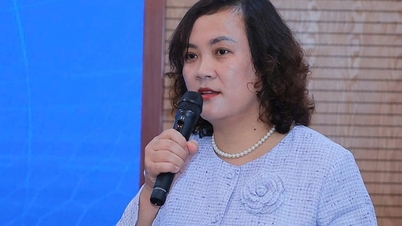
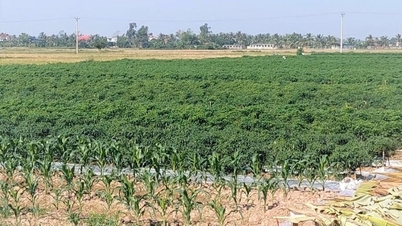



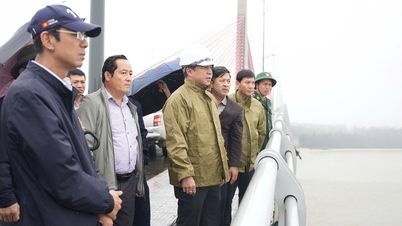




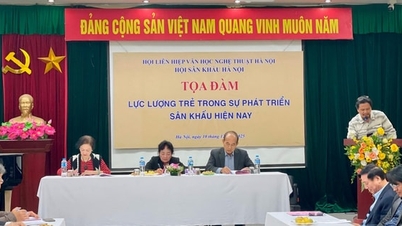












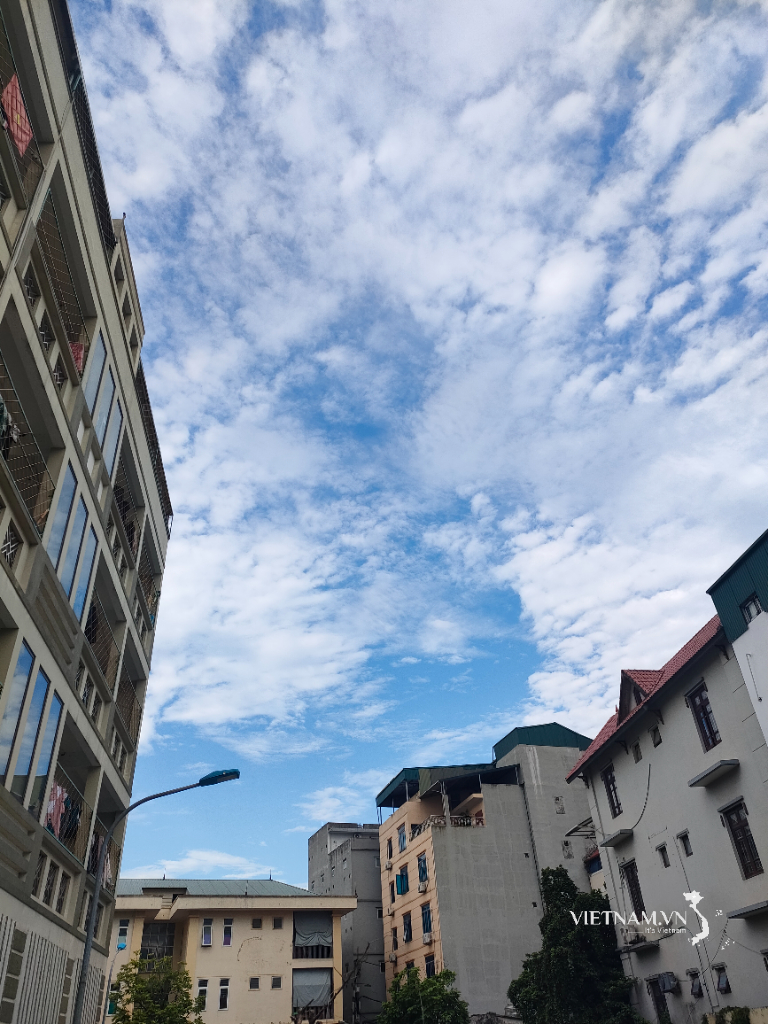





Comment (0)